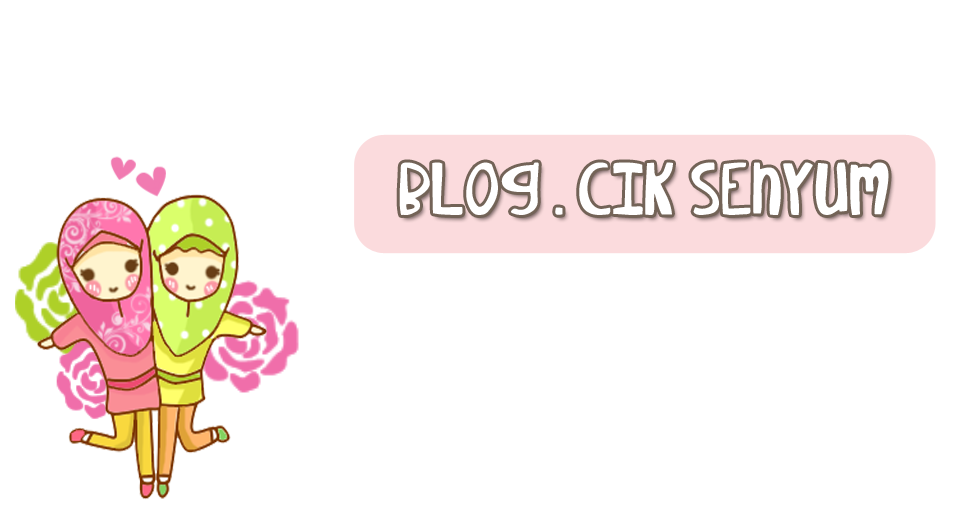INFORMATION TECHNOLOGY'S ROLE IN BUSINESS
Learning outcomes
- compare management information system (MIS) and information technologies (IT)
- describe the relationship among people, information technology, and information
- identify four different department in a typical business and explain how technology helps them to work together.
- compare the four the different types of organizational information cultures and decide which cultures applies to your school.
- Information technology is everywhere in business

INFORMATION TECHNOLOGY'S IMPACT ON BUSINESS OPERATIONS
- Which types of IT services can be used to meet these types of goals
- Reduce costs/improve productivity:supply chain management,enterprise resources planning
- Improve customer satisfaction/loyalty:customer relationship management,loyalty programs
- Create competitive advantage: business intelligence/data warehousing
- Generate growth:sales management systems
- Streamline supply chain:demand planning software
- Global expansion:e-business
- Describe a few of the types of IT services each business function might be receiving from IT
- Customer service: click-to-talk,call scripting,auto answering,call centers
- Finance:accounting packages,Sarbanes Oxley
- Sales and marketing: campaign management,customer relationship management
- Operations: supply chain management
- Human Resources:software to track employees at risk of leaving
- This is an excellent opportunity to discuss each business area and ensure your student have a solid understanding of business in general:
- Accounting provides quantitative information about the finance of the business including recording,measuring,and describing financial information
- Finance deals with the strategic financial issues associated with increasing the value of the business,while observing applicable laws and social responsibilities
- Human Resources includes the policies,plans,and procedures for the effective management of employees(Human Resources)
- Sales is the function of selling a good and service and focuses on increasing customer sales,which increases company revenues.
- Marketing is the process associated with promoting the sale of goods and services.The marketing department supports the sales department by creating promotions that help sell the company's product.
- Operation management(also called production management)includes the methods,tasks and techniques organizations use to produce goods and service.Transportation(also called logistics) is part of operations management
- Management information systems(MIS) is the function that plans for,develops,implements,and maintains IT hardware,software,and the portfolio of applications that people use to support the goals of an organization
- Each functional area undertakes a specific core business function
- sales and marketing-forecasting,segmentation,advertising,promotions
- operations and logistic-purchasing,supplying,receiving,transportation
- accounting and finance-accounting,planning,budgeting,tax,costs
- human resources-hiring,training,benefits,and payroll(hire a new workers)
- It does not equal or represent business success and innovation,it is simply an enabler of business success and innovation
- Will spending large amounts of money on IT guarantee automatic success?
- Spending large amounts of money on IT will not guarantee on organization automatic success
- Organizations need to allocate resources on the right types of IT that correctly support their business operations to be successful
- MIS is not technology
- MIS is a business function
- Most of organizations have an IT department that is responsible for performing the MIS function
- This is similar to an organization having an Accounting department that is responsible for performing the accounts payable and accounts payable and accounts receivable functions
- When beginning to learn about information technology it is important to understand
- Data,information,and business intelligence
- IT resources
- IT cultures
- Data - raw facts that describe the characteristic of an event
- Information - data converted into a meaningful and useful context
- Business Intelligence - applications and technologies that are used to support decision-making efforts
- Data turned into information

- By analyzing the data we can start to understand the information that the data is telling us
- The above figure displays all chicken orders,which customers purchased chicken,for sales representative Roberta Cross
- Data in an excel spreadsheet
- Product name - just a name
- Without analyzing the data is just a bunch of names and numbers
IT Resources
- People use
- Information technology to work with
- Information
IT Cultures
- Organizational information cultures











No comments:
Post a Comment